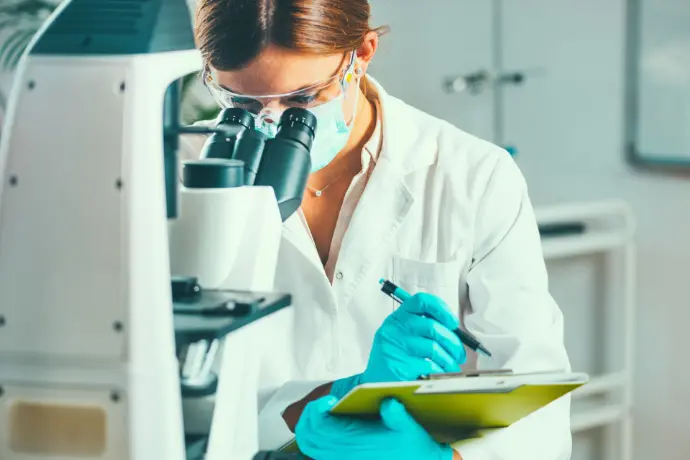Applications in PCR: PCR in Genetic and Genome Engineering
Genetic and genome engineering has become an essential tool for modern research, enabling scientists to produce proteins, study diseases, and modify organisms for medical, agricultural, and biological purposes. At the heart of these processes lies the polymerase chain reaction (PCR), a versatile technique that allows researchers to clone DNA fragments for genome modification in bacteria, yeasts, plants, and animals.

The Role of PCR in Genetic Engineering
PCR enables the creation of millions or billions of copies of DNA through repeated thermal cycles:
Denaturation :separating double-stranded DNA into single strands.
Annealing : binding specific primers to the target DNA sequence.
Extension/Elongation : synthesizing new DNA strands using the original DNA as a template.
These amplified DNA fragments can then be introduced into target organisms through vectors, allowing researchers to modify genes, study their functions, and observe how these changes affect development, health, and disease.
Applications in Transgenic Organisms
Transgenic Microorganisms
Bacteria are often the first choice for genetic engineering due to their simple genetics and short life cycles. PCR enables precise gene modifications, such as gene knockouts, to study the effects on bacterial growth and development.
Transgenic Plants
In plants, PCR-amplified DNA is used to knock out or overexpress genes, helping researchers understand gene function and its impact on plant growth, resistance to disease, and agricultural traits.
Transgenic Insects
Fruit flies are widely used in genetic studies due to their small genome, ease of handling, and short life cycle. PCR facilitates the study of gene function, developmental pathways, and the effects of mutations in these model organisms.
Transgenic Fish
Zebrafish and medaka are commonly used in developmental biology and genetic research. Their single-cell embryos allow for easy DNA insertion, and PCR helps monitor gene modifications. Genetically modified fish are also used to study environmental effects, such as detecting pollutants in waterways.
Transgenic Mammals
Mammals, including mice and rats, can be engineered by inserting target DNA into embryos. PCR is critical in verifying the presence of these modifications. Applications include:
Disease modeling : transgenic animals mimic human diseases for drug testing.
Understanding disease pathways : tracking gene expression and studying therapeutic interventions.
Protein and tissue production ;generating biologically active molecules for human medicine.
Detecting Genetically Modified Organisms (GMOs)
PCR is also a powerful tool for detecting known and unknown GMOs in food, agriculture, and the environment. By targeting modified DNA sequences, researchers can identify and quantify GMOs, monitor regulatory compliance, and study ecological impacts. Common PCR targets include regulatory sequences and terminators used in genetic modifications.
Conclusion
PCR remains an indispensable technology in genetic and genome engineering, supporting research across microorganisms, plants, animals, and humans. Its ability to amplify and manipulate DNA has transformed biotechnology, agriculture, medicine, and environmental monitoring, making it a cornerstone of modern molecular science.